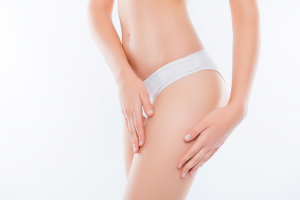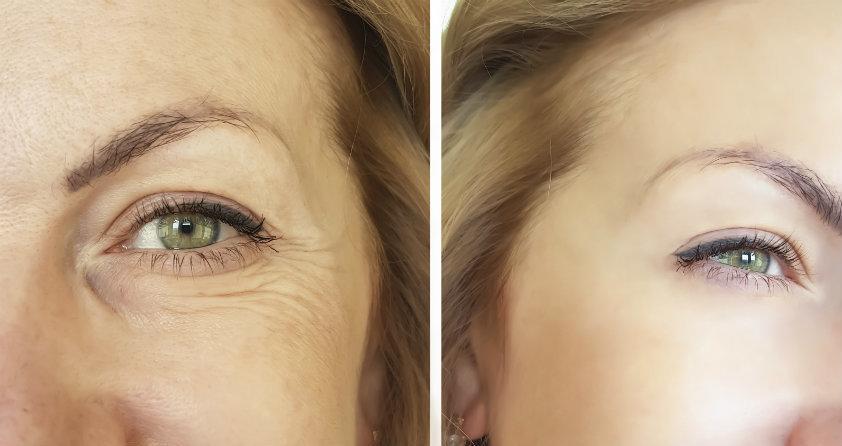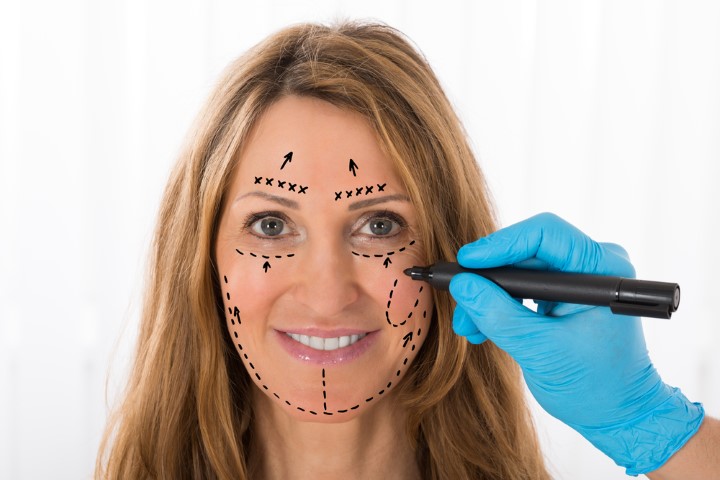
Breast implants cancer is a relatively rare condition, but it does exist. This cancer develops as a result of a long-term, inflammatory response to bacterial contaminants. The following article will describe the symptoms and offer treatment options to those who have the condition. Breast implants cancer is a serious condition that can be treated. Here are some options. Most breast implant patients will not experience any complications, despite the possibility.
BIA-ALCL refers to breast implant cancer
If you're considering getting breast implants, you should know what to expect. Breast implants cancer can result in lumps, asymmetry, and pain, and may be caused by BIA-ALCL. It typically develops 7-10 years after the procedure. But, it may occur earlier. A mammogram can detect breast cancer but BIA-ALCL may not be.
While ALCL can occur anywhere in the body, it is usually found in the skin or lymph nodes. BIA-ALCL, a subtype of ALCL, forms in scar tissue and around the breast implant. The implant can be removed surgically to treat this type. However, it is possible to avoid its destructive effects by early detection. This disease is curable if caught early.

It is uncommon
While the risk of getting breast implants is relatively low, the association between implants and certain types of cancer is a serious one. Implants can cause Anaplastic Large-Cell Lymphoma, which is a rare form. The disease can affect the immune system, and may occur many years after the implants were placed. It is curable once diagnosed. There are many treatment options. Women experiencing new pain, swelling, and asymmetry in the breasts should consult their doctor.
It is unknown whether breast implants cause breast cancer. However, it is possible that they contribute to the risk. For women who have had implants, the FDA has issued a warning. Despite the low incidence of developing the disease, it is still uncommon. The UK health regulator estimates that 1 in 4 women could develop ALCL. Experts think the actual rate is closer to 8-10 percent. The majority of cases go undiagnosed.
It is caused from a long-term inflammatory reaction due to bacterial contamination
It has been implicated as a cause of breast implant associated anaplastic large cells lymphoma. Breast implants can be contaminated by bacteria. This is a continuous process that involves multiple biological pathways. The implants may become benign or pathologic depending on the level of contamination. Breast implants are considered clinically safe unless they are infected. However this can change due to the inflammatory response of biologic signals. A double capsule can form around an implant if it is infected with this bacteria.
A long-term inflammatory response to bacterial contamination of breast implants can lead to capsular contracture, which is an abnormally small contraction of the implant's capsule. The most probable cause is believed to be biofilm. This is a thick layer of bacteria that forms around implants. Capsular contracture can be increased by infections. Breast implants often have a rough appearance due to insufficient medical guidance.

The treatment options
There are several treatments for breast implants cancer, including removal and replacement. These procedures are recommended for cancer-scarred women, as they preserve the natural shape of the breast. They might not be right for everyone. They are not recommended for those who smoke, have connective tissues disease, or have diabetes. They also need longer recovery times. Although radiation therapy is sometimes recommended for some patients, it may not be beneficial for others. Breast implants cancer is often treatable, but there are several factors to consider before undergoing surgery.
FDA is currently investigating complaints about breast implants. Risk of lymphoma is greater for implants made from rough materials. According to FDA statistics, the risk ranges from 1 in 3000 to 1 in 30,000. The type of textured implant used and its manufacturer may have an impact on the number of cases. For this reason, the FDA does not recommend removing any breast implants.